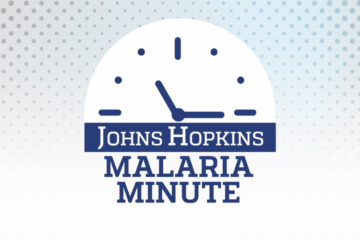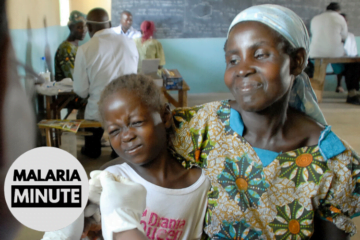The Latest Malaria News, in 60 Seconds.
Scientists identify a new transporter channel in the parasitophorous vacuole, and researchers learn that LLINs in Papua New Guinea have not met the required bioefficacy standards since 2013.
Malaria Minute on iTunes and Spotify
Transcript:
Researchers have identified a new transporter channel in the parasitophorous vacuole, a structure produced by the malaria parasite to transfer proteins, lipids, nutrients, and metabolites from an infected red blood cell. The researchers detail two distinct channels: the parasitophorous vacuole membrane (PVM) and the parasitophorous plasma membrane (PPM) separated by the membrane contact site (MCS). The findings suggest that this configuration of the parasitophorous vacuole has evolved to separate hydrophilic and hydrophobic transport.
Researchers have found that long-lasting insecticidal bed nets (LLINs), which were once effective in Papua New Guinea, have not met the required bioefficacy standards since 2013, correlating with a marked increase in malaria prevalence. Just 7% of nets manufactured after 2013 met the WHO requirement of 24hr mortality in lab testing, stressing the need for quality control.
Sources:
Image Credits: ‘The PV exhibits two structurally distinct regions’. Garten, M., Beck, J.R., Roth, R. et al. [Nat Commun 11, 3825 (2020)]
Scientific Advisor: Elena Gómez-Díaz, Institute of Parasitology and Biomedicine, Spain


